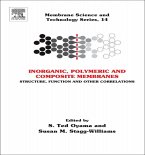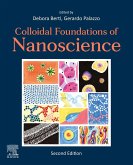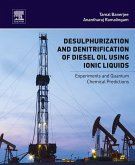The book also treats the surface properties of apolar and polar molecules, polymers, particles and cells, as well as their mutual interaction energies, when immersed in water, under the influence of the three prevailing non-covalent forces, i.e., Lewis acid-base (AB), Lifshitz-van der Waals (LW) and electrical double layer (EL) interactions. The polar AB interactions, be they attractive or repulsive, typically represent up to 90% of the total interaction energies occurring in water. Thus the addition of AB energies to the LW + EL energies of the classical DLVO theory of energy vs. distance analysis makes this powerful tool (the Extended DLVO theory) applicable to the quantitative study of the stability of particle suspensions in water. The influence of AB forces on the interfacial tension between water and other condensed-phase materials is stressed and serves, inter alia, to explain, measure and calculate the driving force of the hydrophobic attraction between such materials (the "hydrophobic effect¿), when immersed in water. These phenomena, which are typical for liquid water, influence all polar interactions that take place in it. All of these are treated from the viewpoint of the properties of liquid water itself, including the properties of advancing freezing fronts and the surface properties of ice at 0o C.
- Explains and allows the quantitative measurement of hydrophobic attraction and hydrophilic repulsion in water
- Measures the degree of cluster formation of water molecules
- Discusses the influence of temperature on the cluster size of water molecules
- Treats the multitudinous effects of the hyper-hydrophobicity of the water-air interface
Dieser Download kann aus rechtlichen Gründen nur mit Rechnungsadresse in A, B, BG, CY, CZ, D, DK, EW, E, FIN, F, GR, HR, H, IRL, I, LT, L, LR, M, NL, PL, P, R, S, SLO, SK ausgeliefert werden.









